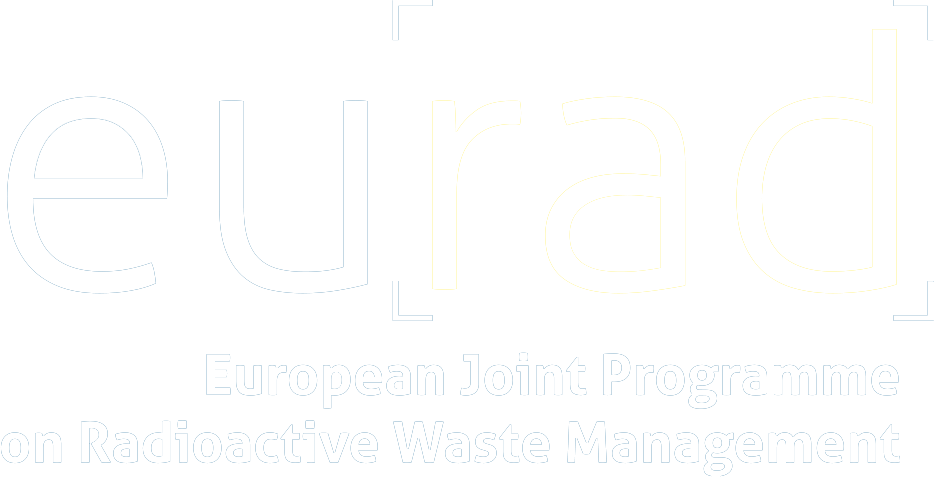Research performed by Ananya Singh.
This work is dedicated to studying the interactions between microbes and cement under conditions relevant to a deep geological disposal facility (GDF). Microbial colonization in high pH environments is reported from the environment such as sewage pipes, wastewater treatment plants and marine structures, which is similar to GDF site conditions, resulting in the degradation of cementitious material. With the chemical evolution of a GDF over a geological time period, the pH of concrete used as backfill will decrease, enabling microbial activity. Microcracks developed in the cement system due to their rigidity give microbes an easy way to migrate and further deteriorate the cementitious material by producing acids and biofilms. On the other hand, microbial-induced calcite precipitation (MICP) is possible for concrete surface protection and crack remediation. It would decrease concrete permeability and penetration of corrosive substances and improve its durability.
Recent studies reported colonization of anaerobic bacteria, including biofilm-producing microbes, in a high pH experimental environment similar to a GDF. Some batch experiments conditions also showed a decrease in pH value from >12 to 10, locally or at the interface of the cement-bentonite layer in GDF. The expected heterogeneity of pH value in the cement system makes it essential to know about the possible microbial metabolic effect on low pH cements. Ananya’s work will help provide definitive insights into the impact of microorganisms on the integrity of relatively low pH cement, under conditions similar to those of LLW/ILW GDFs, which are saturated with representatives groundwaters.


